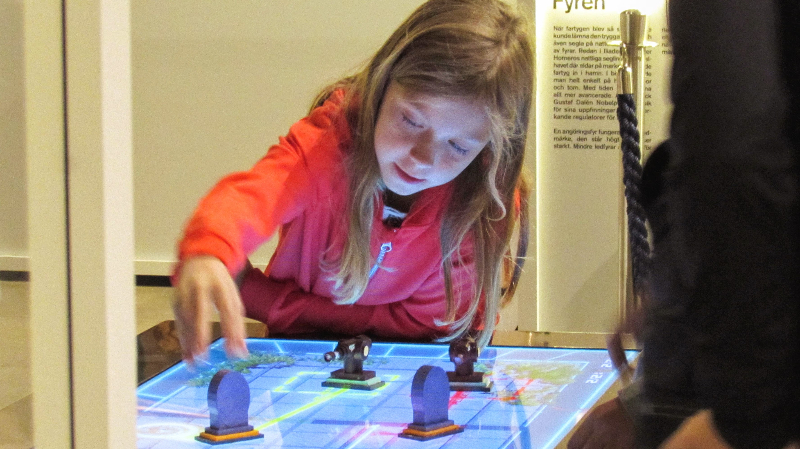Animation: Different methods to describe animation, object orientation and constraints for animation, tools to build animation, morphing.
Rendering: mapping techniques, photorealistic rendering, photon mapping radiosity, fractal methods.
3D interaction, virtual environments (VR) and visualization: different models for 3D interaction, hardware for 3D and VR, possibilities and limitations for VR, methods, tools. Visualization.
Multimodal interfaces: several modes in interaction, sound interfaces, haptics.
Perception: the human visual system, colour, perceptual graphics.
Assignments: VR, haptics, animation, rendering. Final task according to the student’s own choice.
Furthermore deepening assignment according to your own choice within computer graphics.
After passing the course, the student should be able to
- explain concepts and use methods in a number of subfields of computer graphics such as local and global illuminations methods, texturing techniques, perceptual aspects relevant for graphics and virtual environments
- use modelling software such as Maya to build a model using a hand drawn sketch
- use a software/API such as OpenGL to import an object from modelling software and then further elaborate the scene with special effects
- write a survey paper within a limited area of computer graphics by using scientific papers from sources such as the SIGGRAPH conference
- build a simple deeping application within a limited area of computer graphics
- use established methods in advanced graphics and interaction
- take an active part in the development of new methods in advanced graphics and interaction.
